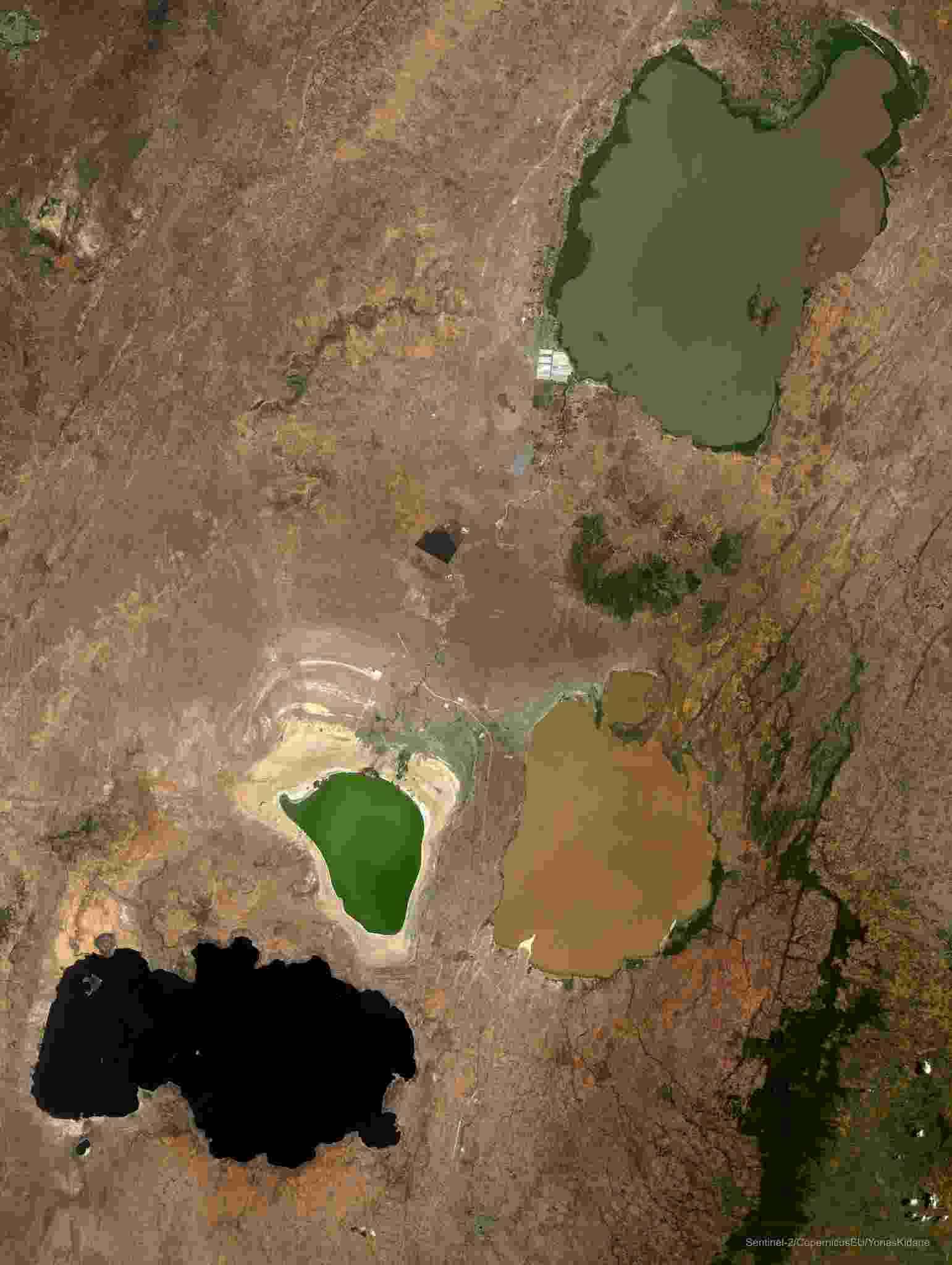Numerical groundwater flow modeling under future climate change
In the Central Rift Valley Lakes Basin; Ethiopia
14 March 2024


Authors: Sisay Kebede Balcha, Taye Alemayehu Hulluka, Adane Abebe Awass, Amare Bantider, Gebiaw T. Ayele, Claire L. Walsh
Highlights:
- Groundwater's vital role in socioeconomic development highlighted.
- Rainfall contributes 11.95% and 11.96% to recharge in Katar and Meki subbasins.
- MODFLOW-NWT assesses basin-scale groundwater balance.
- Model sensitivity to recharge rate and conductivity revealed.
- Future rainfall changes reduce subbasins recharge rates.
Abstract
Study area: Katar and Meki subbasins, Rift Valley Lakes Basin, Ethiopia.Study focus: This research was carried out to characterized the recharge mechanism and quantify the steady-state groundwater balance and its sensitivity to future climate change. A groundwater simulation model was constructed and calibrated using a hydro-geo spatial dataset. Three regional climate models were used to assess the potential impact of changes in future precipitation on the recharge rate and groundwater balance components.
New Hydrogeological Insight: Groundwater potential assessment depends on accurate estimation of the recharge rate. Precipitation contributed 11.95% and 11.96% to groundwater recharge in the Katar and Meki subbasins, respectively. The steady-state numerical groundwater model was calibrated and the model performed in the ranges of R2: 0.95–0.99; RMSE: 16.17–25.18; and MAE: 12.69–24.55, demonstrating 'excellent' model performance. In particular, the model exhibited high sensitivity to changes in the recharge rate and horizontal hydraulic conductivity. Future change in precipitation caused a reduction in groundwater potential in the range of 6.24–40.32% by the 2040 s and 2070 s, respectively, in the Katar subbasin. Likewise, the Meki Subbasin will experience a reduction in groundwater potential in the range of 0.29–37.17% by the 2040 s and 2070 s, respectively. These results emphasize how crucial it is for future water resource development initiatives to take into account climate variability for sustainable groundwater development.



